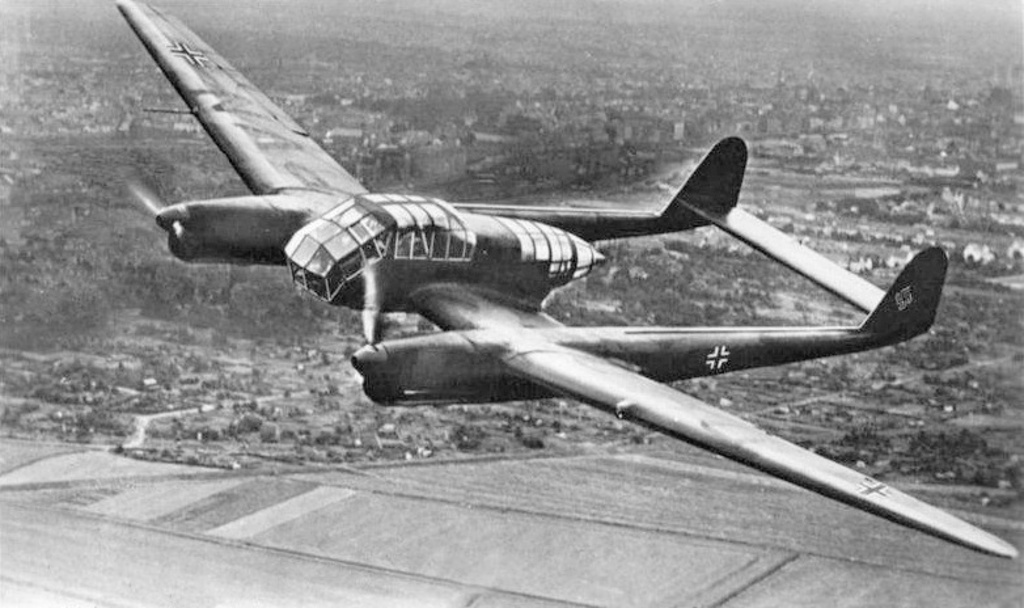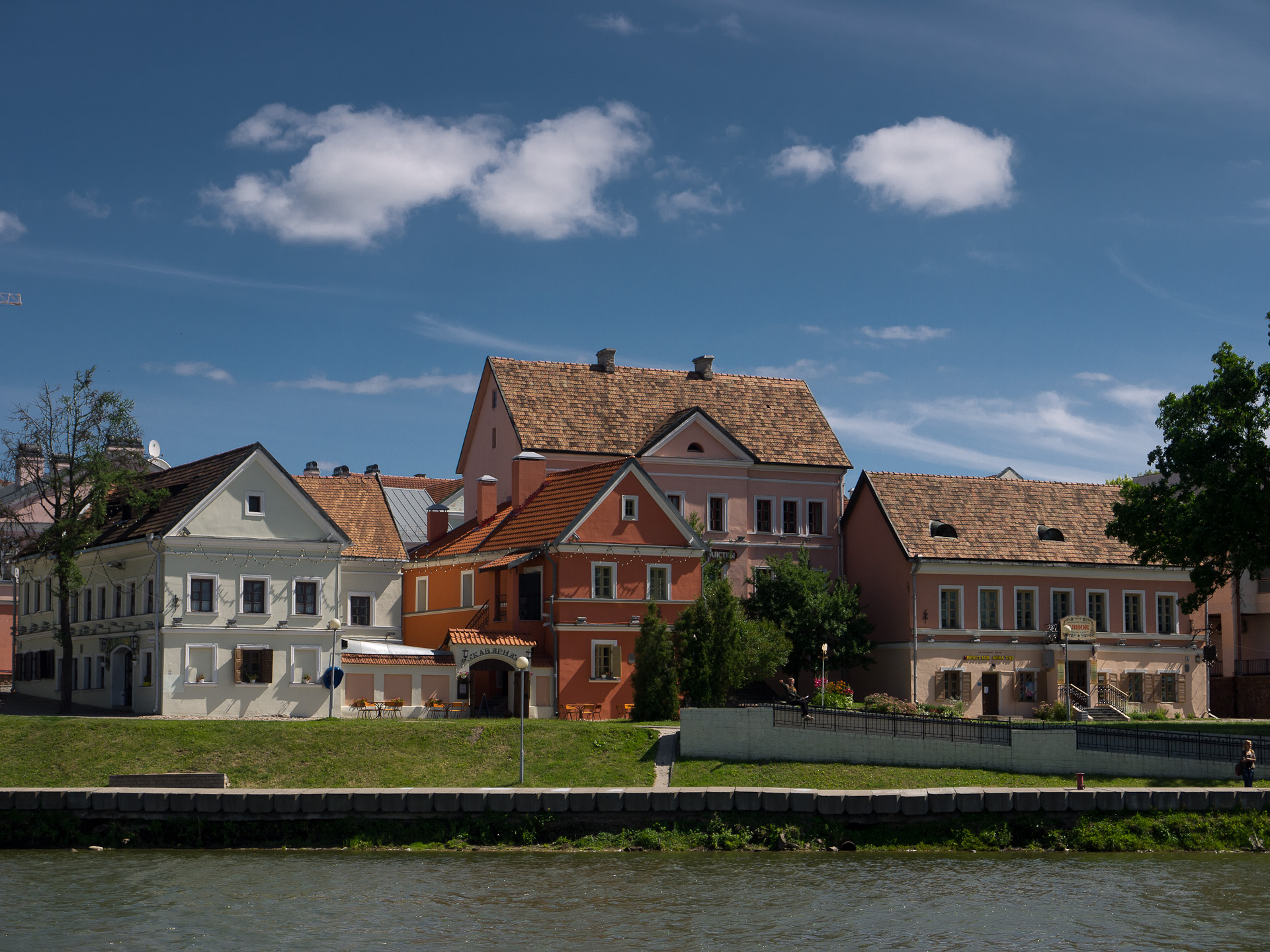|
Come And See
''Come and See'' (russian: Иди и смотри, ''Idi i smotri''; be, Ідзі і глядзі, ''Idzi i hliadzi'') is a 1985 Soviet anti-war film directed by Elem Klimov and starring Aleksei Kravchenko and Olga Mironova. Its screenplay, written by Klimov and Ales Adamovich, is based on the 1971 novel "Khatyn" and the 1977 memoir ''I Am from the Fiery Village'' (russian: Я из огненной деревни, Ya iz ognennoy derevni, label=none), of which Adamovich was a co-author. Klimov had to fight eight years of censorship from the Soviet authorities before he could be allowed to produce the film in its entirety. The film's plot focuses on the Nazi German occupation of Belarus, and the events as witnessed by a young Belarusian partisan teenager named Flyora, who—against his mother's wishes—joins the Belarusian resistance movement, and thereafter depicts the Nazi atrocities and human suffering inflicted upon the Eastern European villages' populace. The film mixes hy ... [...More Info...] [...Related Items...] OR: [Wikipedia] [Google] [Baidu] |
Elem Klimov
Elem Germanovich Klimov (russian: link=no, Элем Германович Климов; 9 July 1933 – 26 October 2003) was a Soviet and Russian filmmaker. He studied at the Gerasimov Institute of Cinematography, and was married to film director Larisa Shepitko. Klimov is best known for his final film, 1985's '' Come and See'' (''Иди и смотри''), which follows a teenage boy in German-occupied Byelorussia during the Great Patriotic War and is often considered one of the greatest films ever made. His work also notably includes black comedies, children's movies, and period dramas. Personal life Elem Klimov was born in Stalingrad into a Russian family, to German Stepanovich Klimov, an investigator who worked at the Central Control Commission of the Communist Party of the Soviet Union, and Kaleria Georgievna Klimova. His parents were staunch communists and his first name was an acronym derived from the names of Engels, Lenin and Marx. Nevertheless, his brother German ... [...More Info...] [...Related Items...] OR: [Wikipedia] [Google] [Baidu] |
Minsk
Minsk ( be, Мінск ; russian: Минск) is the capital and the largest city of Belarus, located on the Svislach (Berezina), Svislach and the now subterranean Nyamiha, Niamiha rivers. As the capital, Minsk has a special administrative status in Belarus and is the administrative centre of Minsk Region (oblast, voblast) and Minsk District (Raion, raion). As of January 2021, its population was 2 million, making Minsk the Largest cities in Europe, 11th most populous city in Europe. Minsk is one of the administrative capitals of the Commonwealth of Independent States (CIS) and the Eurasian Economic Union (EAEU). First documented in 1067, Minsk became the capital of the Principality of Minsk before being annexed by the Grand Duchy of Lithuania in 1242. It received town privileges in 1499. From 1569, it was the capital of the Minsk Voivodeship, an administrative division of the Polish–Lithuanian Commonwealth. It was part of a region annexed by the Russian Empire in 1793, as a c ... [...More Info...] [...Related Items...] OR: [Wikipedia] [Google] [Baidu] |
Nazi Germany
Nazi Germany (lit. "National Socialist State"), ' (lit. "Nazi State") for short; also ' (lit. "National Socialist Germany") (officially known as the German Reich from 1933 until 1943, and the Greater German Reich from 1943 to 1945) was the German Reich, German state between 1933 and 1945, when Adolf Hitler and the Nazi Party controlled the country, transforming it into a dictatorship. Under Hitler's rule, Germany quickly became a totalitarian state where nearly all aspects of life were controlled by the government. The Third Reich, meaning "Third Realm" or "Third Empire", alluded to the Nazi claim that Nazi Germany was the successor to the earlier Holy Roman Empire (800–1806) and German Empire (1871–1918). The Third Reich, which Hitler and the Nazis referred to as the Thousand-Year Reich, ended in May 1945 after just 12 years when the Allies of World War II, Allies defeated Germany, End of World War II in Europe, ending World War II in Europe. On 30 January 1933, H ... [...More Info...] [...Related Items...] OR: [Wikipedia] [Google] [Baidu] |
Soviet Partisans
Soviet partisans were members of resistance movements that fought a guerrilla war against Axis forces during World War II in the Soviet Union, the previously Soviet-occupied territories of interwar Poland in 1941–45 and eastern Finland. The activity emerged after Nazi Germany's Operation Barbarossa was launched from mid-1941 on. It was coordinated and controlled by the Soviet government and modeled on that of the Red Army. The partisans made a significant contribution to the war by countering German plans to exploit occupied Soviet territories economically, gave considerable help to the Red Army by conducting systematic attacks against Germany's rear communication network, disseminated political rhetoric among the local population by publishing newspapers and leaflets, and succeeded in creating and maintaining feelings of insecurity among Axis forces. Soviet partisans also operated on interwar Polish and Baltic territories occupied by the Soviet Union in 1939–1940, ... [...More Info...] [...Related Items...] OR: [Wikipedia] [Google] [Baidu] |
Belarusians
, native_name_lang = be , pop = 9.5–10 million , image = , caption = , popplace = 7.99 million , region1 = , pop1 = 600,000–768,000 , region2 = , pop2 = 521,443 , region3 = , pop3 = 275,763 , region4 = , pop4 = 105,404 , region5 = , pop5 = 68,174 , region6 = , pop6 = 66,476 , region7 = , pop7 = 61,000 , region8 = , pop8 = 41,100 , region9 = , pop9 = 31,000 , region10 = , pop10 = 20,000 , region11 = , pop11 = 15,565 , region12 = , pop12 = 12,100 , region13 = , pop13 = 11,828 , region14 = , pop14 = 10,054 , region15 = , pop15 = 8,529 , region16 = , pop16 = 7,500 ... [...More Info...] [...Related Items...] OR: [Wikipedia] [Google] [Baidu] |




